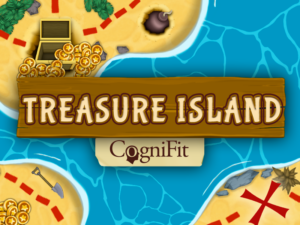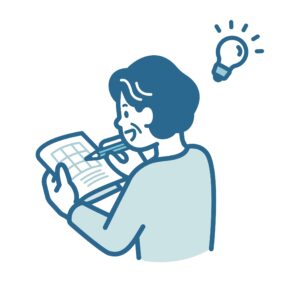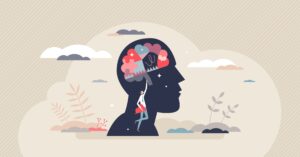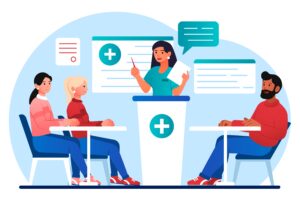
Study: Senior Exercise & Brain Games Combined For Health?
Ask any doctor and they tell you that exercise is good for you. And, as you get older, it’s just as important to exercise your mind as much as your body. But which is more important? The body or the brain? Or is there a key combination that will work wonders for the aging population?
This is the exact question that Dr. Evelyn Shatil wanted to answer. So, using a combination of the CogniFit professional Research Platform, brain game regiments, and professional aerobic regimes, Shatil spent months overseeing this scientific study.
Senior Exercise: STUDY DETAILS
It’s no secret that as you get older, your cognitive ability starts to decline. Things like…
- working memory, long-term memory (Park et al., 2002)
- dual-tasking, task-switching (Verhaeghen and Cerella, 2002)
- reasoning ability (Schaie, 1996)
- processing speed, and executive and attentional control (Salthouse, 2004)
The interesting is, that most previous studies focus on one side or the other – the brain or the body (Fabre et al., 2002; Oswald et al., 2006).. And, as of the date of Shatil’s study, there had only been two that had combined the ideas.
However, the data was older and things like the CogniFit Professional Platform weren’t available at the time. Long story short, there still wasn’t enough data out there.
The new study was going to try to replicate the older ones, but with a larger group of participants and better technology. The expectation was participants who did both body and brain training would have improvements in processing, visuospatial working memory, learning, focused attention, etc. And since Shatil’s study would go on for much longer than past one, the hope was the end data would be that much stronger.
Other Interesting Information:
- The four “interventions” were conducted in groups of approximately 15–20 participants at the Applied Research Center at Lakeview.
- All meetings had a significant amount of social interaction.
- Residents chose their training days and times based on pre-scheduled group sessions.
- They were allowed to replace their scheduled session with another session in the same week.
- Schedules were closely monitored by the study coordinators.
- Support and encouragement for perseverance were provided by a group of Lakeview residents who had volunteered for this function.
What were the group breakdowns?
- Four groups of healthy older adults with no significant health issues or medical complications
- 4 months of cognitive and/or mild aerobic training.
- A first group [mean age = 80 (66–90)] had cognitive training
- The second [mean age = 81 (65–89)] had mild aerobic training
- The third [mean age = 79 (70–93)] had a combination of both
- The fourth [mean age = 79 (71–92)] control group engaged in book-reading.
The Brain Portion With CogniFit
Participants in the single and combined interventions trained for a total of 32 hours arranged in 48 forty-minute sessions (three times weekly for 16 weeks) with at least a 1-day interval between sessions.
In each session, the first 20 min were spent training on combinations of three of the 21 tasks in the CogniFit personalized brain game regimen. For the remaining 20 minutes, participants practiced any three tasks of their own choice among the 21 tasks.
The Physical Portion With Fitness Forever
The Fitness Forever™ Senior Exercise Video was selected for the study. Each session included aerobic warm-up (10 min), cardiovascular workout seated and standing (15 min), aerobic cool-down (5 min), strength training (10 min), and flexibility training (5 min). The training was followed by brief relaxation.
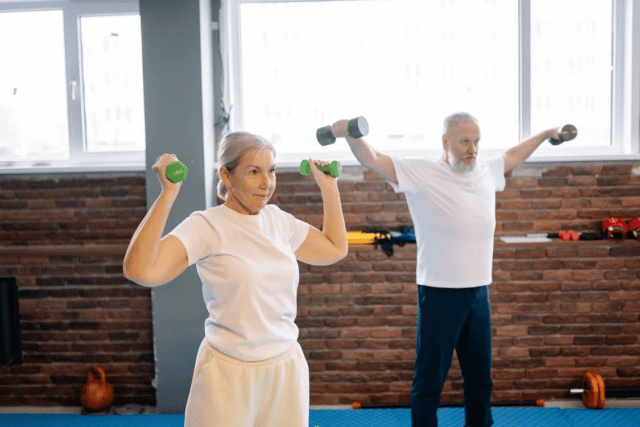
The Combination Group
People in this group were required to do both the cognitive training and the physical activity training interventions described in the above sections. These participants received twice as many training sessions as did the cognitive or physical activity training participants.
The Book Club Control Group
Participants in this group read the book “Active Living Everyday: Twenty Weeks to Lifelong Vitality” (Blair et al., 2001). For the duration of the study, this group was assigned selected book excerpts to be read at home and held one 60-minute weekly meeting during which the best ways to achieve the goals advocated in the book were discussed.
Senior Exercise – Measuring the Results
To measure the change in cognitive function following the study, Shatil used the CogniFit neuropsychological evaluation. It’s composed of 15 evaluation tasks, measuring a wide range of cognitive abilities such as focused and divided attention, inhibition, shifting, planning, working memory, and eye-hand coordination.
Scores are derived from response times (in milliseconds) and accuracy (%). Raw data collected from the tasks are reduced and scores assigned to 17 traditionally recognized cognitive abilities using weights previously derived from a factor analysis performed on data from a healthy population
Senior Exercise & Brain Games Winner
- Older adults who engaged in cognitive training (separate or combined training groups) showed significant improvement in cognitive performance on…
- Hand-Eye Coordination
- Global Visual Memory (GVM; working memory and long-term memory)
- Speed of Information Processing
- Visual Scanning
- Naming
- Those who did not engage in cognitive training showed no such improvements.
In short, this means that brain training is effective in improving cognitive performance and that it (and not mild aerobic training) is driving the improvement in the combined condition – at least for those who are older.
However…
Shatil goes on to say that while brain training is the driving force of success. In short, it’s the winner. That being said, having physical activity as part of a senior’s health regime could give even greater benefits to the brain-body combo.



